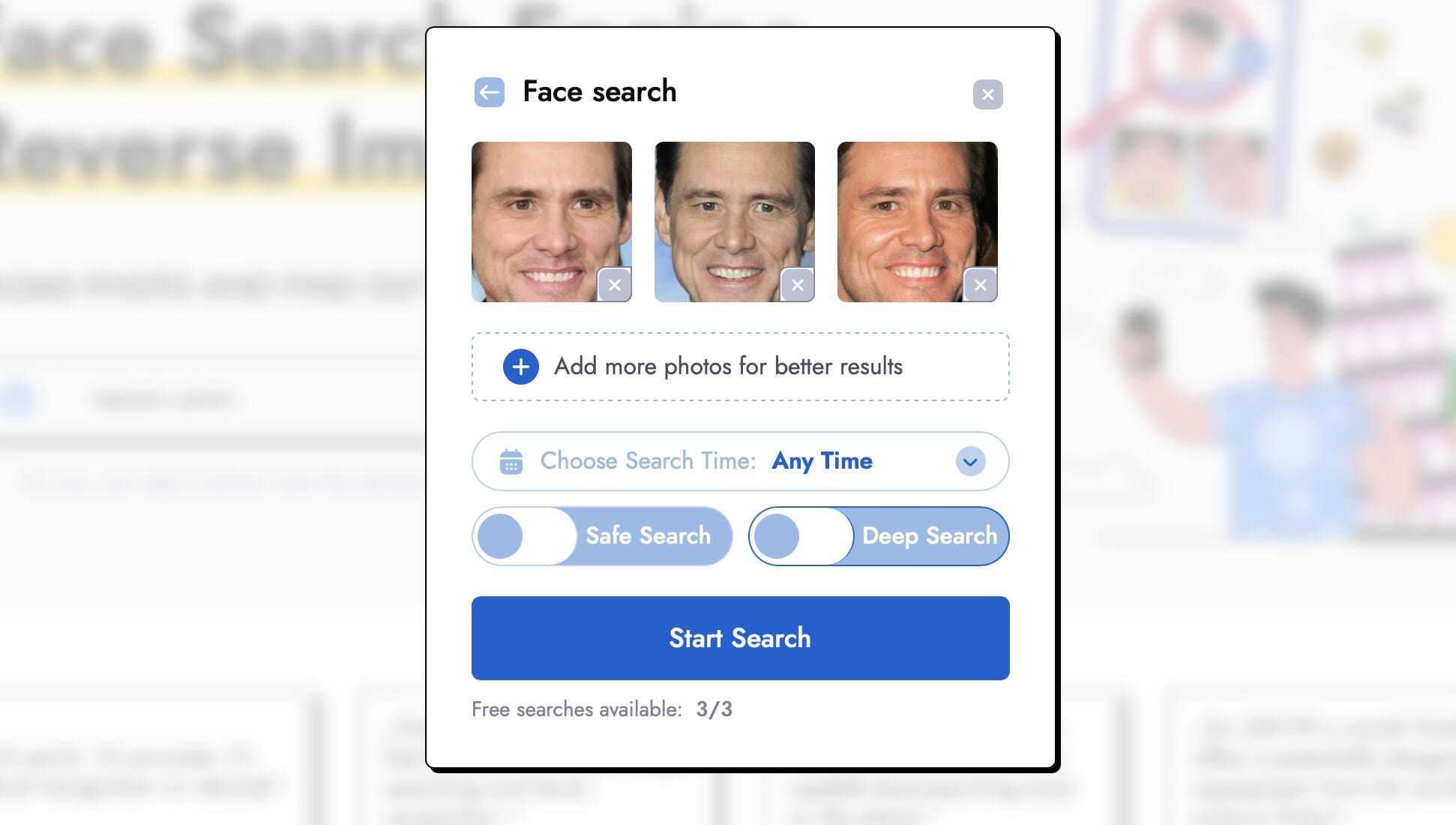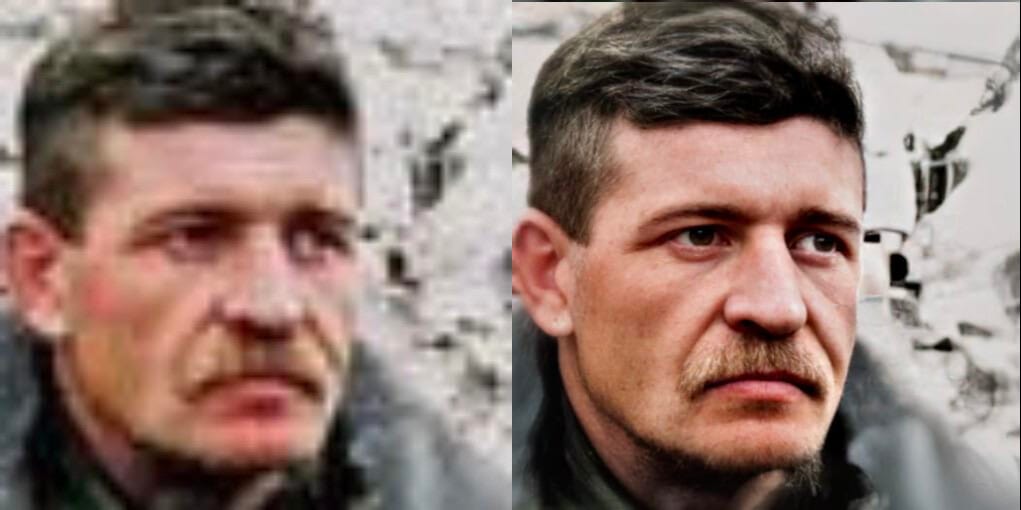How to find anyone by photo. The secrets of Reverse Image Search
Find the name, location and other personal details by having only a picture

Imagine you have got an image and want to find where it appears online. The technique of using the image you have to find similar images on other websites or social media profiles is called a Reverse Image Search. There are many tools that might help you to find similar images, some perform better than the other, especially on the particular type of content.
Online Search
Yandex
Yandex can help you find someone by photo, and search for relevant pictures. It not only performs good at finding similar images, but also recognises the text on the image and pinpoints location of well known landmarks. When looking for people in East Europe it will outperform any reverse image search tool. Considering the best tools, like PimEyes require subscription, Yandex is a go-to choice of the majority of researchers today.

Upload a photo and type in the search bar site:website_name to look for images within a particular website. Alternatively, you can type a website address in the “on this site” filter.
TinEye
TinEye also provides a free and very accurate reverse image search. The reason it performs better than search giants like Google and Bing is that TinEye uses facial recognition algorithms. Google and Bing use different approaches and focus on image similarity algorithms. For example, if you have a photo of a woman in a red dress standing in front of the tree Google and Bing will try to find other women in a red dress standing in front of the tree. They will consider facial details less relevant.
On the contrary, specialised tools will focus solely on the face and ignore the background and her clothing. Specialised tools, like TinEye, will match facial features. That's why facial recognition engines work so much better for finding people.

PimEyes
Similarly to TinEye's reverse image search, PimEyes uses face recognition technology to search for similar faces across the Internet. It offers to upload several images for better accuracy, and results are really impressive; you can try it yourself. However, it allows three free searches.
The service blurs most of the photo, except for the target's face, and trims links to the source websites. Full links and unblurred images are accessible on subscription. Found photos can be removed on request. The caveat is you have to provide the valid ID to start the process.
PimEye’s Deep Search function can find images that are not indexed by search engines or that are not easily accessible through traditional search methods. It’s also more accurate in identifying matching images compared to the basic plan.

Google and Bing
I merged Google and Bing together, because both of them are much worse than the alternatives mentioned above. These search engines have been available for a long time, but their focus is to find similar images, so they are better for copyright search. Wouldn’t recommend them for people search, unless you are searching for a celebrity.
Google supports search operators which can be entered directly into the search box. Merge your favourite Google Dorks (advanced search operators) with the uploaded image to achieve more focused results. Also, I'd like to mention the Google Lens app, which lets you search for images by using your smartphone camera. This app can identify plants and animals, search for clothing on online stores and translate text.
Local tools
If you have too many images to analyse it’s better to avoid manual work by using automated tools. They can be installed locally and might help to speed up your investigation process.
- Goris – A very fast tool written in Go that searches by image files and image URLs. Searched images display URLs and also can be downloaded as image files.
- EagleEye – It conducts a comprehensive search by first scanning Facebook for the target’s name and then utilising a reverse image search on Google, ImageRaider, and Yandex to locate additional social media profiles. Results of the search are exported into a PDF report.
Tips to improve search results
Restore images
If any part of an image appears blurry or obscured, consider using AI to restore it. With the recent advancements in technology, even faces that are blurred can be reconstructed fairly quickly and easily. Remini and Neural.love are one of many online services that can achieve it.

Crop images
To enhance search results, cropping images can be quite beneficial. If a photo search doesn't provide enough information, consider dividing it into smaller pieces and examining each object separately.
Remove background
Removing background from images will also help you to improve search results. It allows search engines to concentrate on what's important to find. Online services like Fotor, Cleanup.pictures and Remove.bg can help you with this.

Combine multiple tools
Some tools do a better job of searching for specific types of images than others. Having a couple of search engines at hand will increase your chances of finding the right image. Moreover, with advancements in AI, new tools are constantly emerging. For example, Lenso AI is one of the latest tools with extensive search capabilities and convenient filtering functionality.
Conclusion
Performing a reverse image search is crucial when conducting digital investigations. This technique enables you to locate social profiles and websites where your target appears. Obtaining social profiles might give you an address, name, and other sensitive details. It could be news articles that would reveal personal information or places where the person frequently appears. Those are great pivot points to narrow down the target's location.
Reverse image search might link profiles that you wouldn't connect by other means because of a different username, name, or other data mismatch. It is advisable to use multiple search engines in your investigation, as each of them has its own database.
